Candyman
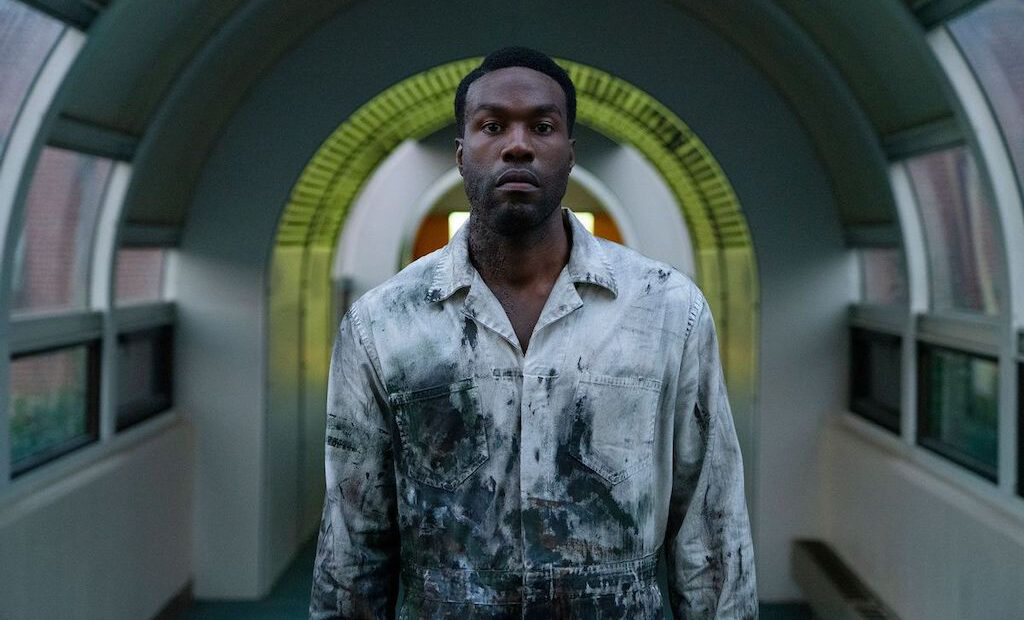
Nia DaCosta’s take on Candyman, though the fourth instalment in the franchise, has a joint feel of being an honourable sequel and commendable homage to the 1992 slasher.
The film incorporates the original narrative and some actors from the classic picture. The story of Helen Lyle has become a modern myth that inspires artist Anthony McCoy (Yahya Abdul-Mateen II) to visit a now gentrified Cabrini-Green. Upon his visit, he is stung by a bee (which later develops into a necrotising skin infection that is wonderfully depicted by the highly commendable make-up team) and meets longterm resident William (Colman Domingo), who enlightens the protagonist on an updated Candyman legend – that of a black man wrongly accused of being Candyman and beaten to death by police.
Motivated by this tale, Anthony creates a piece involving a mirror-incorporated installation called Say My Name, which acts both as a social commentary on black victimisation and encourages viewers to say the name of Candyman five times (like the original). This time the gruesome murderer can only be viewed through a mirror as he slashes through his victims. Each slaughter is stylishly grisly to the applaudably morbid extent that it nauseates audiences and compels them to keep watching.
Any further plot exposition would spoil the mild twist at the end, even if it is a surprise that is only shocking for those who are not versed in the intricacies of the original. Fans of the initial movie, though, will delight in the much-anticipated appearance of 1992 actors Tony Todd and Vanessa Williams, as the classic narrative converges with this modern one.
When appreciated from the perspective of a slasher fan, the film is utterly enjoyable. However, the script, which has Jordan Peele, Win Rosenfeld and Nia DaCosta as writers, fails to flesh out each role beyond vessels and archetypes for their unsubtle race-oriented social commentary. In doing so, it spoils the verisimilitude that can help to compound the horror of the picture because characters, relationships and plausibility are thinly sketched. Invested audiences may wonder, for example, why there is no police interrogation of Anthony when the white art critics who are involved with his work are found murdered. As a result, it is more satisfying for viewers to regard this instalment as a homage to the original. Becoming too embroiled in the commentary takes away from its numerous visual and entertaining strengths.
Francis Nash
Candyman is released nationwide on 27th August 2021.
Watch the trailer for Candyman here:

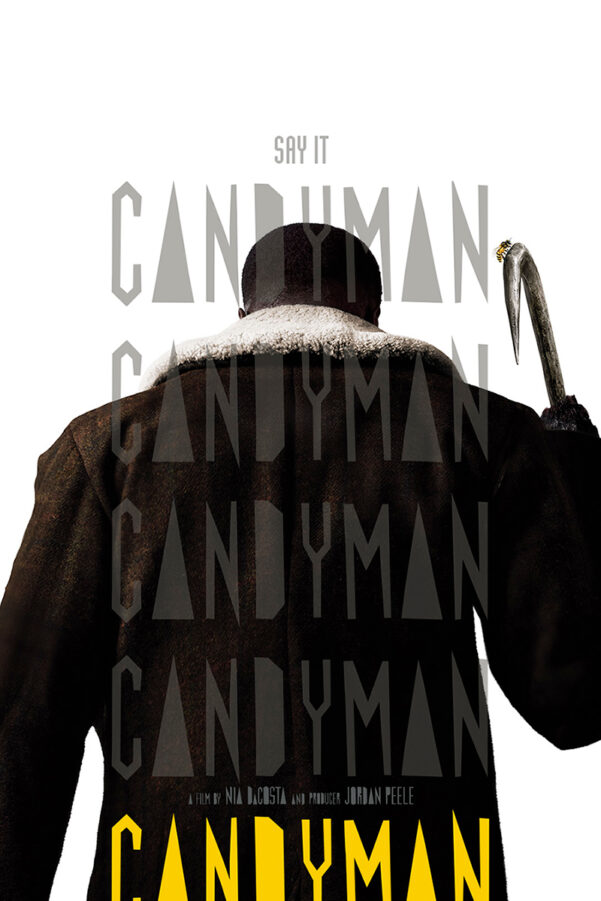

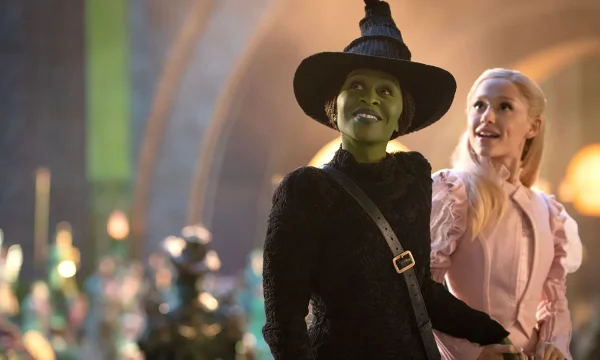

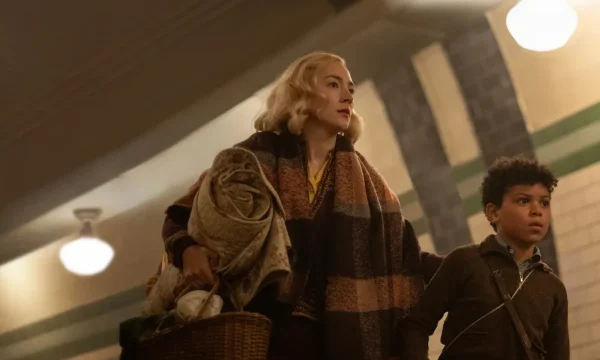
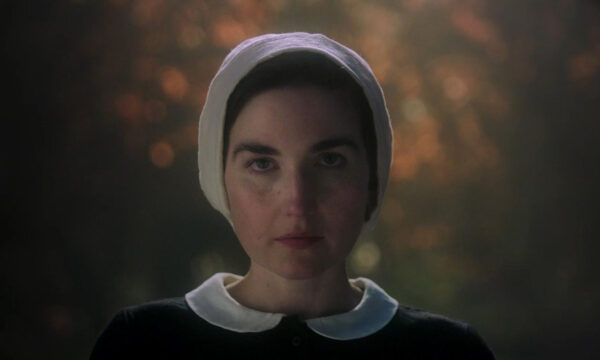

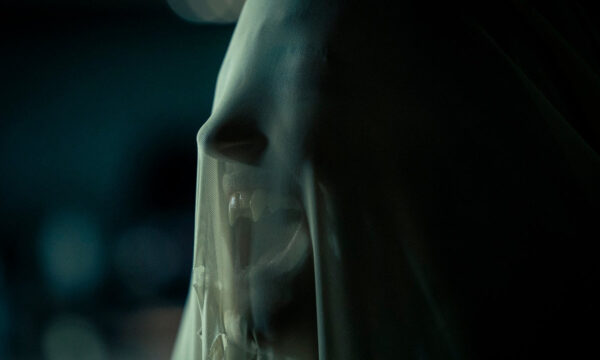
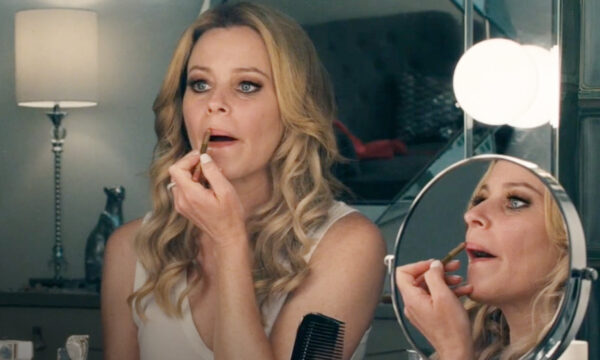










Facebook
Twitter
Instagram
YouTube
RSS